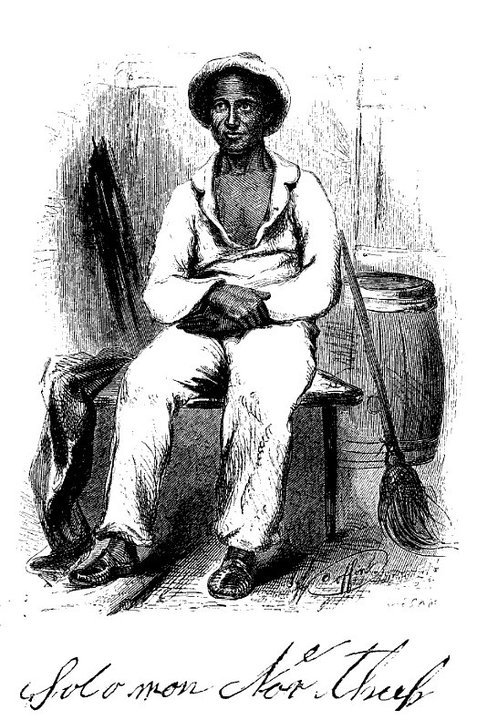
Episode 2
What Plantation Museum Tours Don’t Tell You
The Antebellum Period
Solomon Northup’s Twelve Years a Slave (1853)
“Why ‘12 Years a Slave’ Will Always Matter to Louisiana.”
“Without question, Louisiana and most of the American South have refused to adequately and honestly confront and acknowledge the legacy of slavery. We spend millions of dollars marketing our plantation homes as sleepy, nostalgic, and beautiful destinations for weddings and tour groups, and we spend millions more incentivizing renovations of these homes under the pretense of historic preservation. And maybe that would be okay and understandable, but at the same time, we’re scrubbing all vestiges of slavery from these plantations. With few exceptions, it is almost impossible to find a plantation in Louisiana that preserves its slave quarters with the same diligence and care as it does its main house. And again, with few exceptions, you’ll likely never hear anyone in the Louisiana tourism industry admit that plantations, to quote my cousin Paul White III, are actually ‘concentration camps.’ “”

Alice Dunbar-Nelson. “People of Color in Louisiana, Part I.”
The Journal of Negro History 1, No. 4. (October 1916): 361-376.
Dread Scott
The Guardian captured Scott’s 2019 performance art re-enacting the 1811 Uprising.
New Orleans Times Picayune article about Solomon Northup’s 12 Years a Slave
February 6, 1853
For more on antebellum Louisiana’s “agro-industrialist” capitalist system:
Richard Follett. “Slavery and Plantation Capitalism in Louisiana’s Sugar Country.” American Nineteenth Century History 1, No. 3. (Autumn 2000): 1-27. Read on Taylor & Francis
Walter Prichard. “Routine on a Louisiana Sugar Plantation under the Slavery Regime.” The Mississippi Valley Historical Review 14, No. 2. (September 1927): 168-178. Read on JSTOR
For histories of the 1811 Uprising:
Steve Lerner, Diamond: A Struggle for Environmental Justice in Louisiana’s Chemical Corridor. Cambridge: MIT Press, 2005. Buy from MIT Press
*Lerner’s book is a great read for those interested in South Louisiana’s fight for environmental justice. The 1811 Uprising can be found in Chapter 2.
Ibrahima Seck, Bouki Fait Gombo: A History of the Slave Community at Habitation Haydel (Whitney Plantation), Louisiana 1750-1860. Louisiana: University of New Orleans Press, 2014. Buy from Whitney Plantation Museum
For brief & easy reads on Louisiana’s colonial history:
“Louisiana as a French Colony.” Collection: Louisiana: European Explorations and the Louisiana Purchase. Library of Congress. Accessed August 31, 2022. Read Library of Congress Synopsis
St. Charles Parish Bicentennial Committee, “St. Charles Parish, A Brief Look at the Past.” First Edition 1976, Second Edition 2010. PDF of Brochure
HomeTeam History’s
“Top 10 African Tribes Taken In the Atlantic Slave Trade”
Article on the history of Creole Voudou:
Olivia Barrett, “Voodoo: The Revolutionary Roots of the Most Misunderstood Religion.” The Collector. January 23, 2022. Read Article
“The Cotton Gin is Patented.” African American Registry.
“Because they were not citizens, Black African slaves could not register any invention with a patent. Their owners could not register a slave's invention either, since the law required that the patent be issued to the actual inventor. Consequently, any free person wanting to patent something could not acknowledge any contribution from a slave. Thus it was easy to steal a slave's ideas and patent them. …. So, while historians have accepted the theory that Eli Whitney's cotton gin idea came from an African slave, this claim remains impossible to prove.”
Read full article
Ethan Lasser. “Selling Silver: The Business of Copley’s Paul Revere.”
American Art 26, No. 3. Fall 2012. (26-43.)
In his article, Lasser discusses the trend of colonial elites seeking out craftsmen (like silversmith Paul Revere) for their finer commodities.

